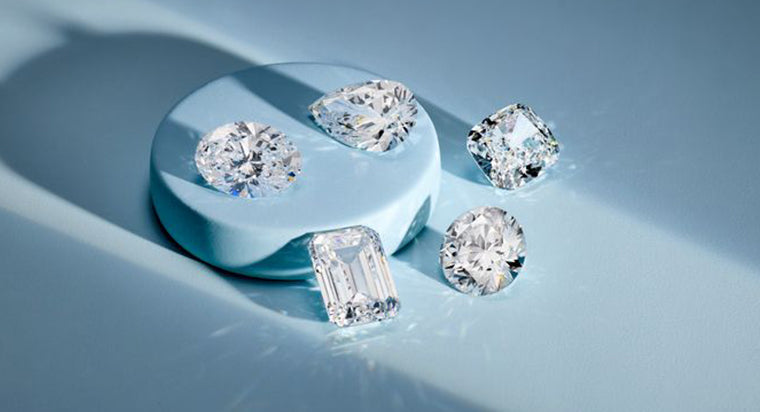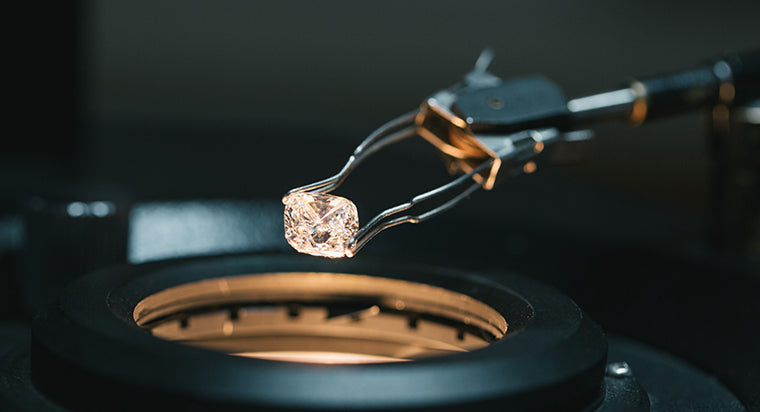How Does a Diamond's Shape Affect Its Price?

The diamond's shape is technically the most important factor affecting the diamond's price for a few critical reasons. First, the shape is the most visual aspect of the diamond. More popular shapes tend to have a premium because they're more desired and less popular shapes, a discount. Second, a diamond manufacturer must try and preserve as much diamond rough as possible. Shapes with the most rough carat wastage tend to be most expensive. Diamonds with greater carat weight in their depth tend to be less expensive because they also look smaller and deeper than other shapes.
So what's the most popular and most expensive shape? The round brilliant cut. As described above, it is also the shape that has the lowest yield from the rough diamond and therefore the maximum wastage. Rounds are typically about 10% - 20% more expensive than other shapes (fancy shapes: shapes other than round) in the same carat weight and quality. The fancy shapes include Princess, Oval, Cushion, Emerald, Pear, Marquise, Asscher, Radiant and Heart. Other non traditional fancy shapes include, Trapezoid, Bullet, Half Moon, and triangular. With Clarity carries the popular major shapes at the lowest possible discounts to retail so you maximize value.
TABLE OF CONTENTS
Diamond prices by shape
We want to illustrate the differences in diamond prices by shape, holding all other factors and diamond attributes constant among GIA certified stones. In the chart below, we've examined the 10 popular shapes Carat: 1.00 - 1.05, Cut: Excellent, Color: G, Clarity: VS2
As you can see, fancy shapes can save 25% in some instances against round diamond shapes of the same carat weight and quality. Shapes such as marquise and pear can also in fact look larger than round diamonds due to the shallow depth and elongated shape. Almost 40% of all engagement rings now have a non round diamond in the center as the main stone. The most popular shape is princess, followed by cushion and oval.
FAQs
How are diamonds priced?
Do diamond prices generally go up?
What is the average price for diamond stud earrings?
Do diamond prices fluctuate over the course of the year?









